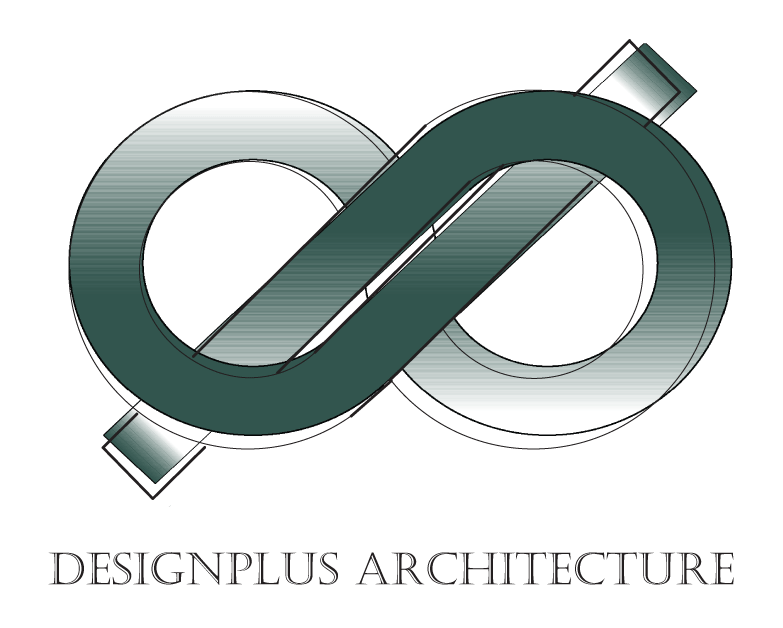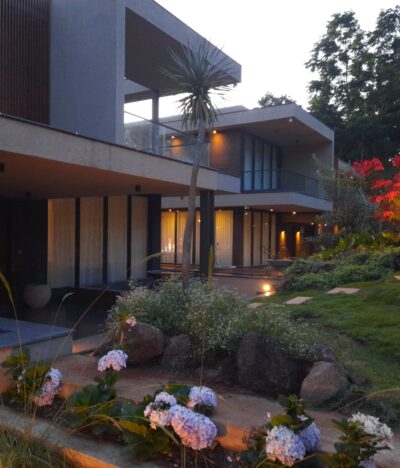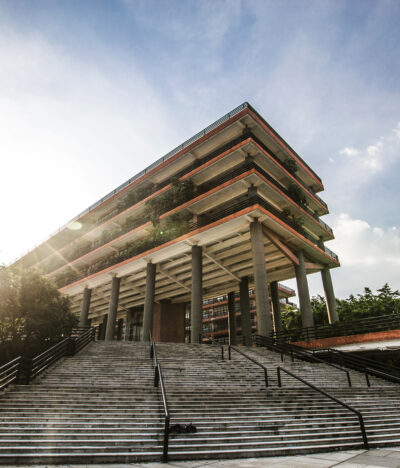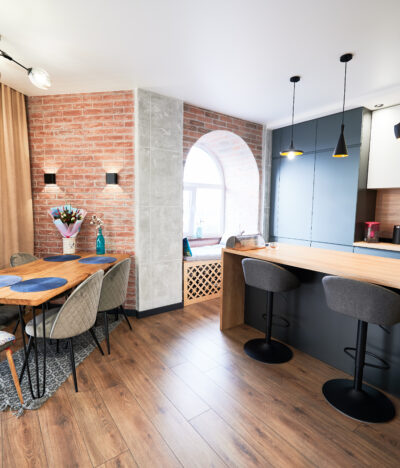Architectural design and BIM (Building Information Modeling) consultancy are two dynamic forces that are reshaping the landscape of the architectural industry. Together, they empower architects, engineers, and construction professionals to revolutionize the way buildings are designed, constructed, and managed. In this blog, we dive into the world of architectural design and BIM consultancy, exploring their transformative impact, collaborative potential, and the exciting future they hold.
Architectural design is the art and science of creating spaces that harmonize functionality, aesthetics, and human experience. Architects are visionaries who shape our built environment, considering factors such as site context, sustainability, cultural relevance, and user needs. They conceptualize and refine design ideas, translating them into architectural drawings, renderings, and construction plans. Architectural design is not just about creating visually stunning structures; it also encompasses the technical aspects of structural integrity, building systems, and regulatory compliance. It is the foundation upon which buildings come to life, reflecting the aspirations of the client and enriching the lives of those who inhabit them.
BIM consultancy, on the other hand, introduces a paradigm shift in the way architectural projects are approached and executed. BIM is a digital representation of the physical and functional characteristics of a building, enabling the collaborative creation and management of information throughout the project lifecycle. BIM consultants work hand in hand with architects, engineers, and contractors to implement BIM methodologies, ensuring seamless collaboration, data integration, and decision-making. BIM facilitates the visualization of complex designs, clash detection, cost estimation, and construction scheduling, resulting in enhanced project efficiency, reduced errors, and improved overall project outcomes.
The integration of architectural design and BIM consultancy unlocks a multitude of benefits for the architectural industry. Architects can leverage BIM tools and processes to optimize design efficiency, explore design alternatives, and analyze performance metrics. BIM facilitates early-stage visualization, allowing stakeholders to experience and evaluate the design before construction begins. It enables efficient coordination and collaboration among project team members, reducing conflicts and rework during construction. BIM also enhances facility management by providing a comprehensive digital representation of the building, enabling better maintenance, renovations, and energy analysis.
As we look to the future, the convergence of architectural design and BIM consultancy holds tremendous potential. The use of advanced technologies such as artificial intelligence, virtual reality, and automation will further streamline design processes, improve data analysis, and enhance the overall efficiency of projects. Architects will have the ability to design and simulate complex systems, optimize building performance, and explore innovative design solutions. BIM consultancy will continue to evolve, enabling seamless integration with emerging technologies and serving as a catalyst for collaboration and innovation.
In conclusion, the fusion of architectural design and BIM consultancy is transforming the architectural industry, empowering professionals to create innovative, sustainable, and efficient buildings. Together, they enable architects to push the boundaries of design, enhance collaboration, and improve project outcomes. As we embrace the possibilities of this dynamic duo, we pave the way for a future where architecture is not only visually captivating but also technologically advanced, environmentally responsible, and socially impactful.







